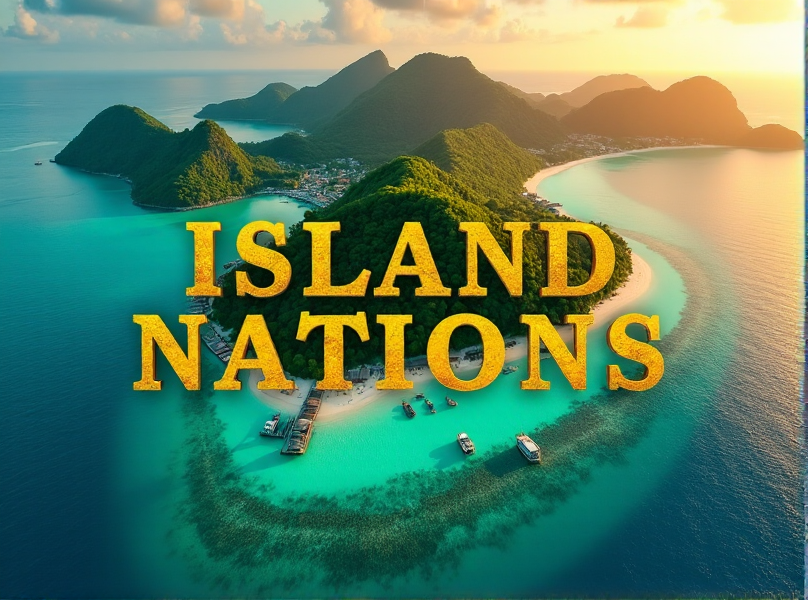This article talks about the languages spoken in Brazil.
Brazil is a vast and culturally rich country, known for its diverse landscapes, vibrant traditions, and a multitude of languages. As the largest country in South America, Brazil’s linguistic landscape reflects its complex history, with Portuguese as the official primary language and a variety of indigenous and immigrant languages spoken throughout the nation. This article explores the languages spoken in Brazil, their historical significance, and practical tips for travelers.
The Official Language: Portuguese
The official language of Brazil is Portuguese, spoken by approximately 98% of the population. It serves as the primary means of communication in government, media, education, and daily life. The dialect of Portuguese spoken in Brazil is known as Brazilian Portuguese, which has distinct characteristics that set it apart from European Portuguese.
Characteristics of Brazilian Portuguese
- Pronunciation: Brazilian Portuguese features a melodic intonation with an emphasis on vowels, making it sound quite different from the more closed pronunciation found in European Portuguese. For example, the letter “s” at the end of words is pronounced as “s” in Brazil but as “sh” in Portugal.
- Vocabulary: There are regional variations in vocabulary between Brazilian and European Portuguese. For instance, “trem” (train) is commonly used in Brazil, while “comboio” is used in Portugal.
- Voseo: In some regions, particularly in the southern parts of Brazil, the use of “tu” (you) is replaced by “você,” along with its corresponding verb conjugations.
See Basic Language Guide for Brazil and Other Portuguese Speaking Countries
Indigenous Languages
Brazil is home to a rich diversity of indigenous languages, with approximately 217 indigenous languages still spoken today. Most of these languages are found in the northern regions of Brazil, where many indigenous communities reside. Some notable indigenous languages include:
- Nheengatu: Once a common trade language among various indigenous groups and later adopted by Africans and Europeans along the coast. It has seen a resurgence in popularity.
- Ticuna: Spoken by around 30,000 people mainly in the Amazonas region.
- Kaingang: Spoken by approximately 15,000 speakers across southern Brazil.
- Guarani: A significant language with about 200,000 speakers primarily found near the border with Paraguay.
Despite their historical significance, many indigenous languages face endangerment due to cultural assimilation and urbanization.
Immigrant Languages
Brazil’s history of immigration has contributed to its linguistic diversity. Several immigrant languages are spoken throughout the country:
- German: Approximately 3 million people speak German or its dialects in Brazil, particularly in southern states like Rio Grande do Sul and Santa Catarina. The Brazilian German dialect has co-official status in some municipalities.
- Italian: About 1 million Brazilians speak Italian or its dialects (known as Talian) mainly in southern regions where Italian immigrants settled.
- Japanese: With one of the largest Japanese communities outside Japan, significant populations speaking Japanese can be found primarily in São Paulo and Paraná.
- Spanish: Although not widely spoken compared to Portuguese, around 460,000 Brazilians speak Spanish, mainly along border areas with Spanish-speaking countries.
Practical Tips for Travelers
Understanding the linguistic landscape can enhance your travel experience in Brazil. Here are some practical tips for navigating communication:
- Learn Basic Phrases: Familiarize yourself with common Portuguese phrases such as “Olá” (Hello), “Obrigado/Obrigada” (Thank you), and “Onde fica…?” (Where is…?). This effort will be appreciated by locals.
- Use Translation Apps: Consider downloading translation apps on your smartphone to help bridge any language gaps during your travels.
- Engage with Locals: If you encounter speakers of indigenous or immigrant languages, show interest by asking about their language or culture; this can lead to meaningful interactions.
- Be Patient: If you struggle to communicate or if someone struggles with English or Portuguese, remain patient and try to use gestures or simple words to convey your message.
- Respect Cultural Differences: Language can be deeply tied to cultural identity; approach conversations with sensitivity and respect for local customs.
Brazil’s linguistic diversity is a testament to its rich cultural heritage and history. With Portuguese as the primary language and numerous indigenous and immigrant languages recognized officially or spoken widely, travelers have an opportunity to engage with a vibrant tapestry of cultures during their visit. By understanding the languages spoken in Brazil and making an effort to communicate respectfully, you can enhance your travel experience and foster connections with local communities. Whether exploring bustling markets in São Paulo or enjoying traditional music in rural villages, embracing Brazil’s linguistic landscape will provide deeper insights into this fascinating country.
Explore Brazil Further
- 50 Historical Places To Visit In Brazil
- Basic Language Learning Guide for Travelers to Portuguese-Speaking Countries
- Brazil [Country Info]
- Common Misconceptions – Brazil
- Currency Guide – Brazil
- Essential Travel Tips For Visitors To Brazil
- Geographical Regions of Brazil
- Popular Cities To Visit In Brazil
- Popular Foods In Brazil
- Popular Museums To Visit In Brazil
- Safety Guide For Travelers – Brazil
- São Paulo, Brazil [City Info]
- Top 50 Things To Do In Brazil
- Top Places To Visit In Brazil
- What Languages Are Spoken In Brazil?


![Poland [Country Info]](https://globleo.com/wp-content/uploads/2024/11/flag_of_the_country_Poland_PL.png)
![Qatar [Country Info]](https://globleo.com/wp-content/uploads/2024/11/flag_of_the_country_Qatar_QA.png)